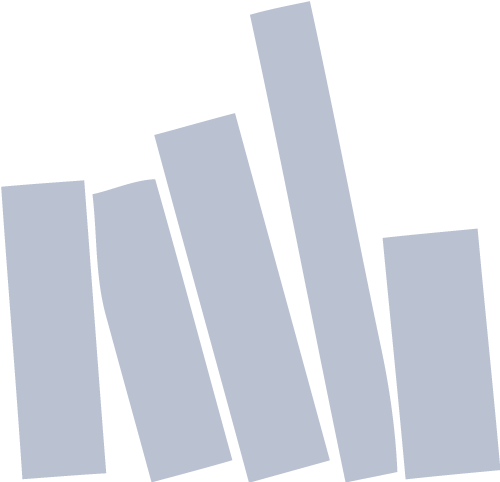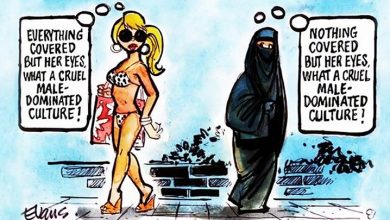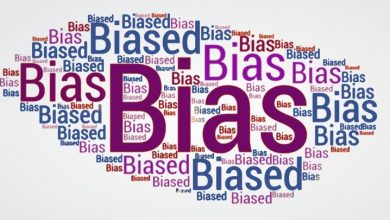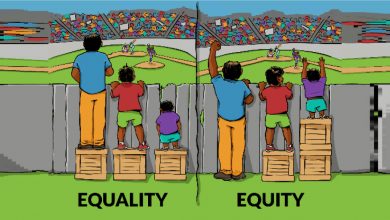The Iceberg Model
How can we understand aspects of our own culture that have always come automatically to us? How can we understand the culture of others? How do we recognize the similarities, and handle the differences?
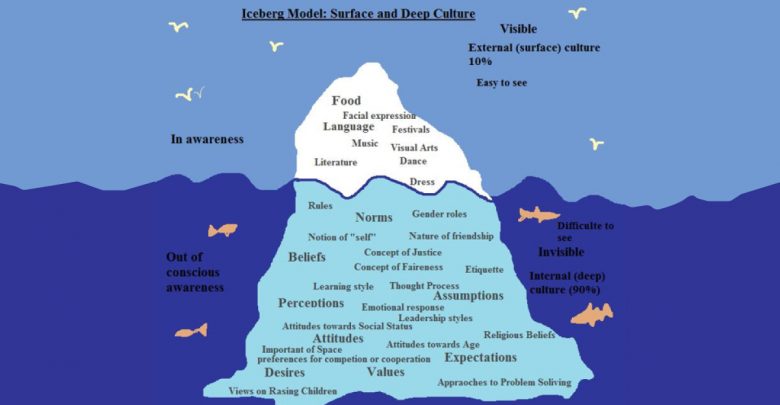
Why did I choose this tool? The iceberg model, as well as the 10 cultural dimensions profile, are useful tools for reflecting on our own culture and automatic behaviors, and reflecting on that of others.
How does this apply to being a trainer?
The ability to see beyond the surface and to understand others more in depth is essential in more ways than one. It helps us to question stereotypes and prejudices about other cultures, it helps to ask the right questions to get to the core of the matter, and it helps to facilitate deeper communication between people of different cultures.
Main content:
In today’s world of global mobility, when one studies in a different country than the one of origin, has to integrate in a multicultural team or travels to different locations for work, special skills have become more and more important. We all need to be more aware of our own cultures to be able to understand better others who are from cultures that are different from ours. We need to be able to integrate with multicultural teams, making our differences matter positively and synergistically rather than looking for negative results due to our differences.
Cultural awareness, adaptation and integration are most important to be mastered from early ages through adulthood.
It is the first time in history other than during wars or famine that large masses of migrants have been relocating across the globe. The mobility of the workforce these days is higher than in the past, as more and more people have the freedom to live and work wherever they wish.
Understanding who you are, having cultural awareness, being adaptable and able to integrate quickly in another society, understanding others, celebrating diversity, and knowing how to communicate with people from different cultures have become really crucial skills.
In an academic environment as well as in the business world or in politics, the interactions between people are hard to mediate. One should consider one’s own personality, their background, the culture they have come from and the culture of the organization and the country they want to integrate in. It is not easy, it involves mastering and managing lots of emotions and knowledge.
That is why the people most involved in these environments (teachers, trainers, media people, international students) must be the ones that start to take action to find the best approaches in dealing with today’s world new conditions.
I believe in presetting a positive approach in any intercultural actions, meaning that if we can get past the fear of the unknown and become proactive, we have a chance to have a world of multiculturalism working together.
When looking at diversity one can always focus on differences negatively or may consider them opportunities by integrating them and creating synergy rather than discrimination.
In any approach that involves changing something about ourselves, the first step is self-awareness.
When thinking of a culture, we need to realize that what we see of a culture is only 10% (language, food, music, dance, art, literature, dress code, facial expressions and gestures) the other 90% are not easily observable (norms, rules, perceptions, assumptions, beliefs, values, gender roles, concepts of fairness, justice, etiquette, expectations, desires, attitudes). So, culture is not conscious or obvious to us, each of us has been brought up to do things in a certain way.
Training self-awareness brings to the surface aspects of the 90% of our own cultural biases and helps us understand better the differences and similarities with other cultures.
Being able to recognize our own beliefs and values creates the self-awareness necessary to help us respond in unexpected situations. (see figure 1. below)
Figure 1.

Source: culturalconflict.wordpress.com
In trying to identify cultural differences, researchers (Edward T. Hall 1966, Hofstede, Steers 2005, Livermore 2009) have come up with the 10 cultural dimensions profile that help us identify differences between cultures very quickly in order to improve communication and to understand each other:
1. Context (low context – direct, explicit communication vs. high context – indirect communication)
2. Personal space (the distance at which people from different cultures take when speaking to each other. Northern Europe, Asian and North American people have to take more distance than people from Russia, Latin America and Arab countries when speaking to each other)
3. Focus (Monochronic cultures – value punctuality, scheduling their work preciously, one activity at a time, do not value interruptions -U.S, Germany, Scandinavian countries and Polychronic cultures – doing more activities at a time, put more emphasis on relationships rather than appointments and schedules – South Europe, South American France, Spain, Arab countries)
4. Individualism (focuses on individual goals) and Collectivism (focuses on group goals)
5. Being (places importance on the quality of life) and Doing (places importance on meeting goals)
6. Avoidance of uncertainty – Low – importance on flexibility and High – importance on predictability.
7. Universalism and Particularism – Universalism – rules and standards that apply to everyone and Particularism – unique standards
8. Cooperative and Competitive – Cooperative – collaboration, nurturing and Competitive –achievement, assertiveness.
9. Expressiveness (Neutral – Affective) – Neutral – non-emotional, hiding feelings and Affective – expressive communication, sharing feelings
10. Time orientation – Short term and Long term. Short term – success now and Long term – success later.
Cultural awareness is the foundation of communication, we need to build up our ability to detach from ourselves and become more aware of our cultural values, beliefs and perceptions. We need to understand why we do things in a certain way and how we perceive the world.
It may surprise us to know that others are perceiving the world differently, but once we understand them, we will discover that we have enriched our own perception.
There is a dynamic evolution of our global society today and we must be equipped to not see it as a threat, rather as an opportunity to evolve.
Reflection questions:
How about taking the cultural dimension profile and applying it to your own culture?
Go through each dimension and write down what applies to your culture.
Then apply it to the culture of the country you work or study in.
Overlap the two diagrams.
Look at the result.
It creates a clear image of your own culture that is a helpful tool to increase awareness, understand differences of another culture. Now reflect on similarities and differences. How is it different than what you knew about the two cultures before the exercise?
Exercise:
Check where your culture stands on the above-mentioned topics, and check if you adhere to those aspects of your culture. Then think if there is someone that you seem to clash with a lot or just can’t see eye to eye with. Could it be just a difference in perception based on culture?
- Context
- Personal space
- Focus
- Individualism
- Being
- Avoidance of uncertainty
- Universalism and Particularism
- Cooperative and competitive
- Expressiveness
Time orientation
